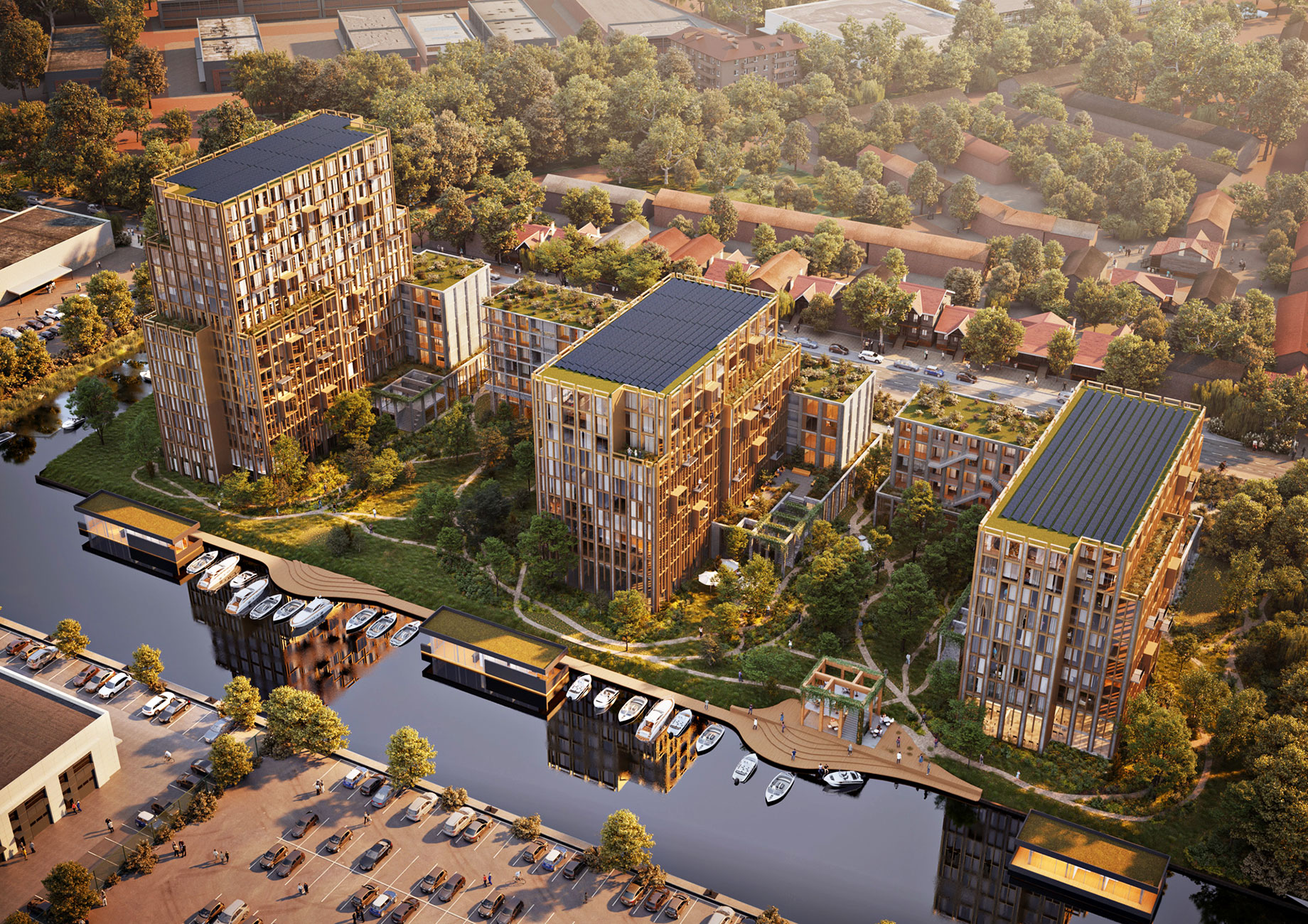
In today’s competitive real estate and architectural industries, 3D rendering companies have emerged as vital service providers for project visualization. These advanced 3D visualization services allow developers, architects, and real estate professionals to present lifelike representations of their designs long before construction begins. For real estate rendering services involves a creative process that enables the showcasing of properties in great detail, helping buyers and investors visualize the final design with captivating, photorealistic clarity. Similarly, architectural visualization services enable designers to present concepts and communicate technical plans effectively to clients and stakeholders. Ultimately, 3D rendering bridges the gap between planning and execution, making it an indispensable part of modern project planning and marketing.
Introduction: The Architectural Visualization Gap in Modern Projects
The architectural design landscape has evolved, yet traditional plans and blueprints remain largely unchanged. These technical representations often fail to meet the modern expectation of immersive, client-ready 3D architectural visuals in the construction industry. Clients today crave more than just lines and measurements. They want to see and understand how projects come to life in vivid detail, through 3D architectural representations, including interior, exterior, and aerial view images, all captured in one frame.
This is where the gap between 3D modeling, 3D rendering, and 3D visualization becomes apparent. Traditional plans can leave clients struggling to fully grasp the potential of a design, leading to hesitation and prolonged decision-making. 3D rendering services address this need by providing 3D modeling, realistic visualizations, and interactive graphics solutions, like VR experiences or animated walkthroughs.
Transforming blueprints into photorealistic renderings turns architectural visualization into a powerful tool, bringing projects to life in detail and bridging the gap between concept and reality.
What 3D Rendering Brings to the Table
The power of visual simulation takes center stage, offering an array of 3D rendering services that bring designs to life. These 3D visualization services encompass a variety of techniques, each designed to provide a realistic visualization of projects.
Architectural 3D rendering services offer the ability to create:
- Static 3D images, which provide detailed, realistic previews of specific angles and views.
- Animations, such as fly-through animations that provide a dynamic tour of a space.
- Virtual walkthroughs, allowing clients to experience projects beyond static images by exploring them in three dimensions through active 3D visualization.
- Virtual reality solution like VR experiences, which can be viewed using goggles.
The rendering process leverages advanced rendering software and techniques, such as ray tracing and real-time rendering, to produce photorealistic visualizations from technical CAD files (Computer-Aided Design files) prior to construction. These realistic images replicate real-life lighting and shadows, offering an immersive experience that closely mimics how the human eye perceives the world. This level of detail, light source usage, and photorealistic effects makes it easier for clients to understand 3D visualizations of the final result planning. Whether it’s an architectural project, 3D visualizations, product design images, or real estate presentation renderings, all can present a non-existent project as a realistic digital representation.
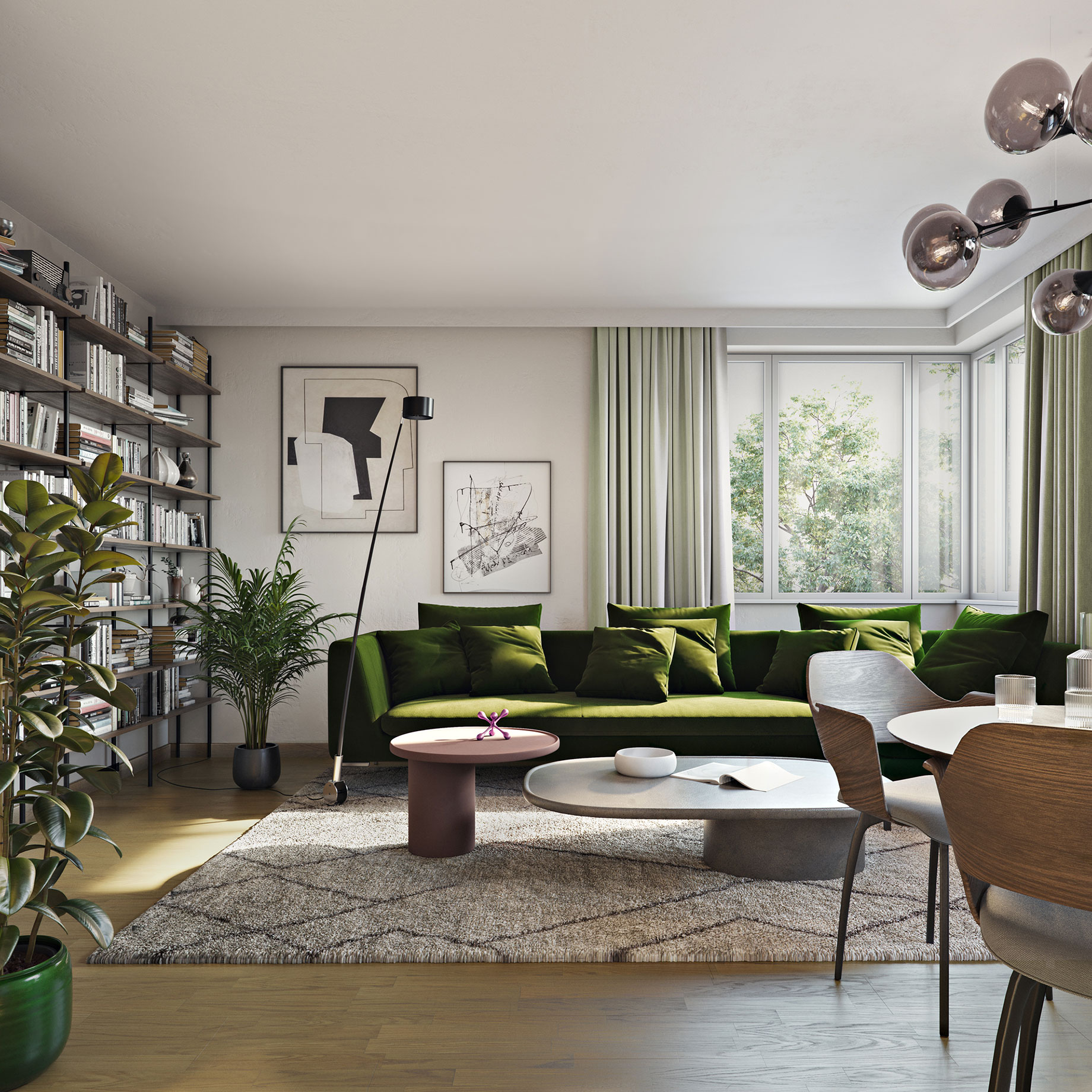
3D Visualization as a Cost-Effective Solution for Accelerating Client Approvals and Project Buy-In
In the realm of architectural projects, client approval can often be a lengthy and uncertain process. Traditional plans and blueprints, while detailed, can leave much to the imagination. This gap in understanding can lead to delays and misinterpretations, hindering the decision-making process.
3D rendering transforms the approval process by enabling clients to visualize projects before making decisions. 3D modeling and 3D visualizations provide a clear and comprehensive view of a design, facilitating quicker and informed decisions. This clarity reduces misunderstandings and aligns client expectations with project reality from the outset and helps save time across the design and approval phases.
Presenting a project in a visually engaging format, complete with 3D renderings, can significantly reduce turnaround time. Clients are more likely to approve designs when they fully understand them, leading to quicker buy-in and fewer revisions. This efficiency, brought about by the rendering project, accelerates timelines and enhances client satisfaction and confidence.
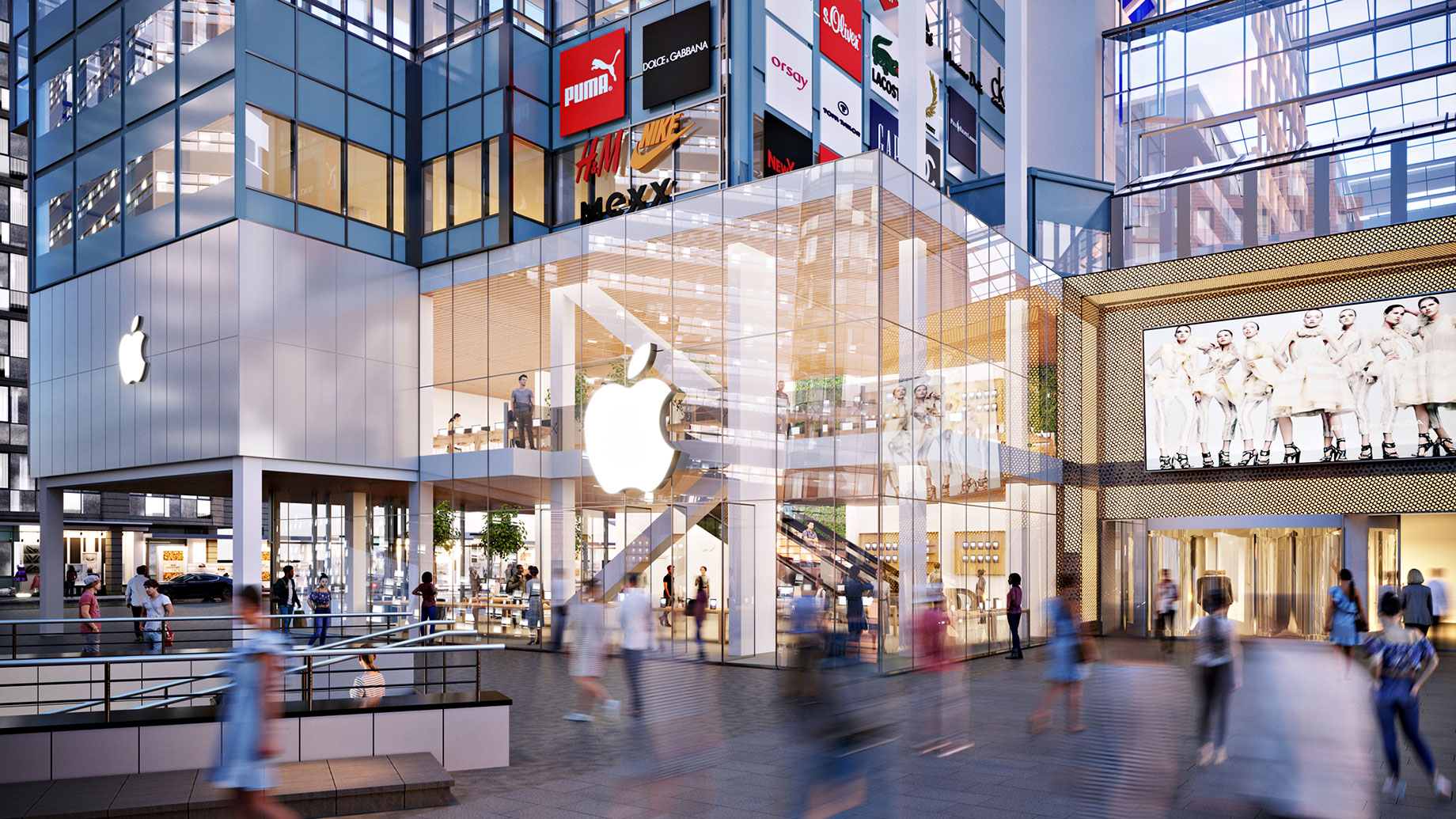
Boosting Product Design, Exterior, and Interior Architectural Project Presentations with Real Life Renderings for Marketing Appeal
The power of a compelling presentation cannot be overstated, especially in the competitive world of design and architectural projects. 3D renderings enhance pitch decks, proposals, and listings, turning them from technical documents into captivating visual stories told using 3D renderings. These 3D visualizations help potential clients and investors see the true potential of a project, making the vision tangible and enticing through image clarity and visual effect that resemble a real photo.
Selling the project with visual content is a cornerstone of modern marketing strategies. High-quality renderings can be used in brochures, websites, and social media, providing consistent and appealing visualizations that engage and attract potential clients. This not only enhances marketability but also sets the project apart from competitors, creating a strong image in the minds of consumers.
Moreover, three-dimensional renderings offer an edge in presentations by providing comprehensive visual representations that technical plans and text cannot achieve. Whether for client presentations or marketing campaigns, these photorealistic visuals ensure the project stands out and leaves a lasting impression.
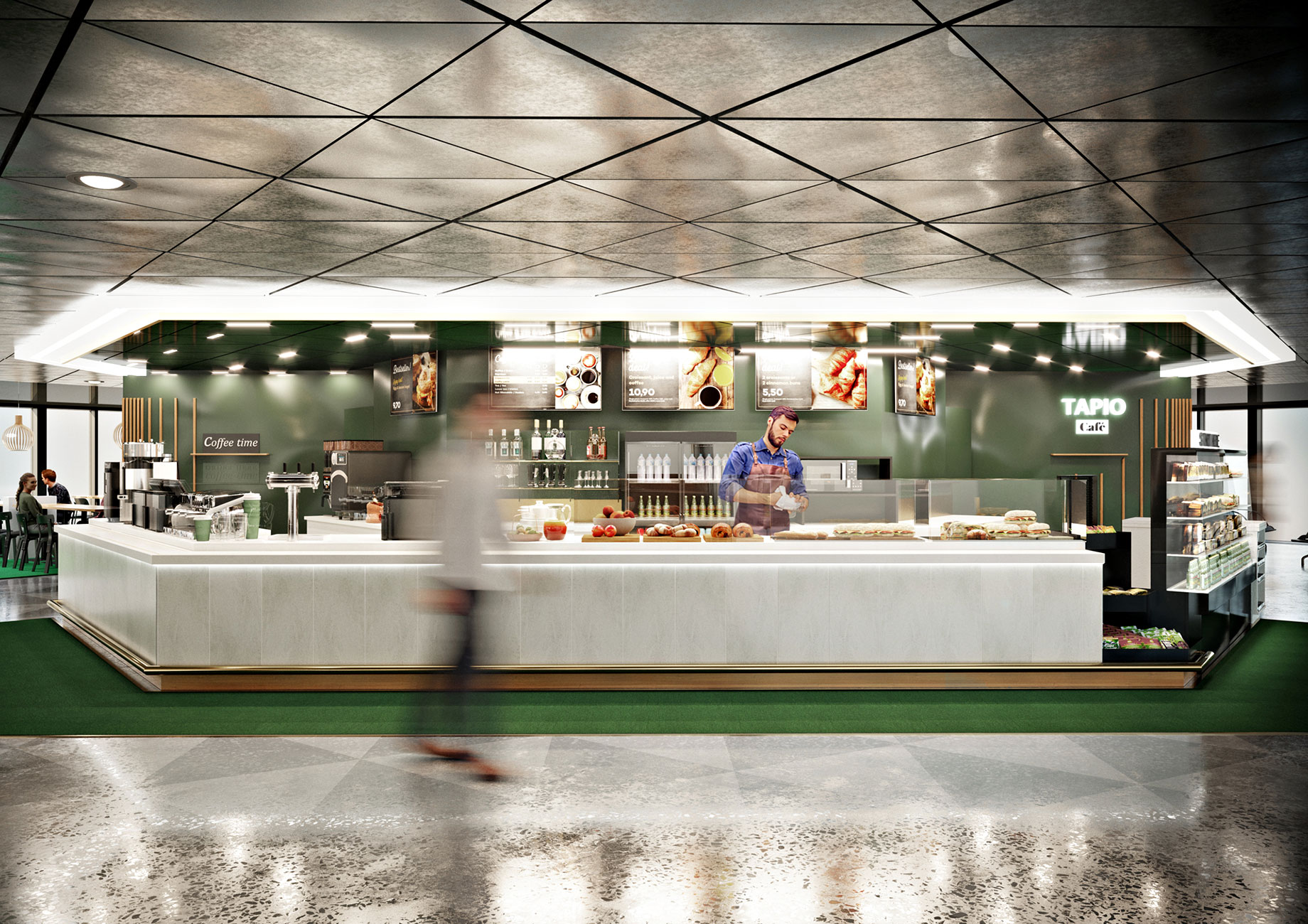
Stronger Communication Across All Stakeholders
Effective communication is the backbone of successful project execution. Aligning all stakeholders is critical, and 3D rendering services excel in this area. Clear and detailed visualizations keep clients, investors, and contractors aligned throughout the project lifecycle.
3D renderings eliminate ambiguity and confusion, common pitfalls in the project creation process. 3D visualizations create a shared visual reference for all stakeholders, reducing the risk of misinterpretation and ensuring everyone works towards the same goal.
This clarity created by 3D modeling and 3D rendering services fosters better collaboration and streamlines the approval process, ultimately leading to more successful project outcomes.
Customization and Design Confidence During the Design Process
One of the most significant advantages of 3D rendering images is the ability to visually explore material and layout options. Interior designers and architects can use 3D visualization services to create multiple versions of an interior design, each featuring distinct materials, colors, and layouts. This flexibility of 3D images allows clients to see and compare various options before making a final decision.
Supporting faster, more confident design decisions is another key benefit. When clients visualize their ideas realistically and in detail, they are more confident in their choices. This speeds up the design process and enhances the overall quality of the final product, supported by visual data such as 3D renderings.
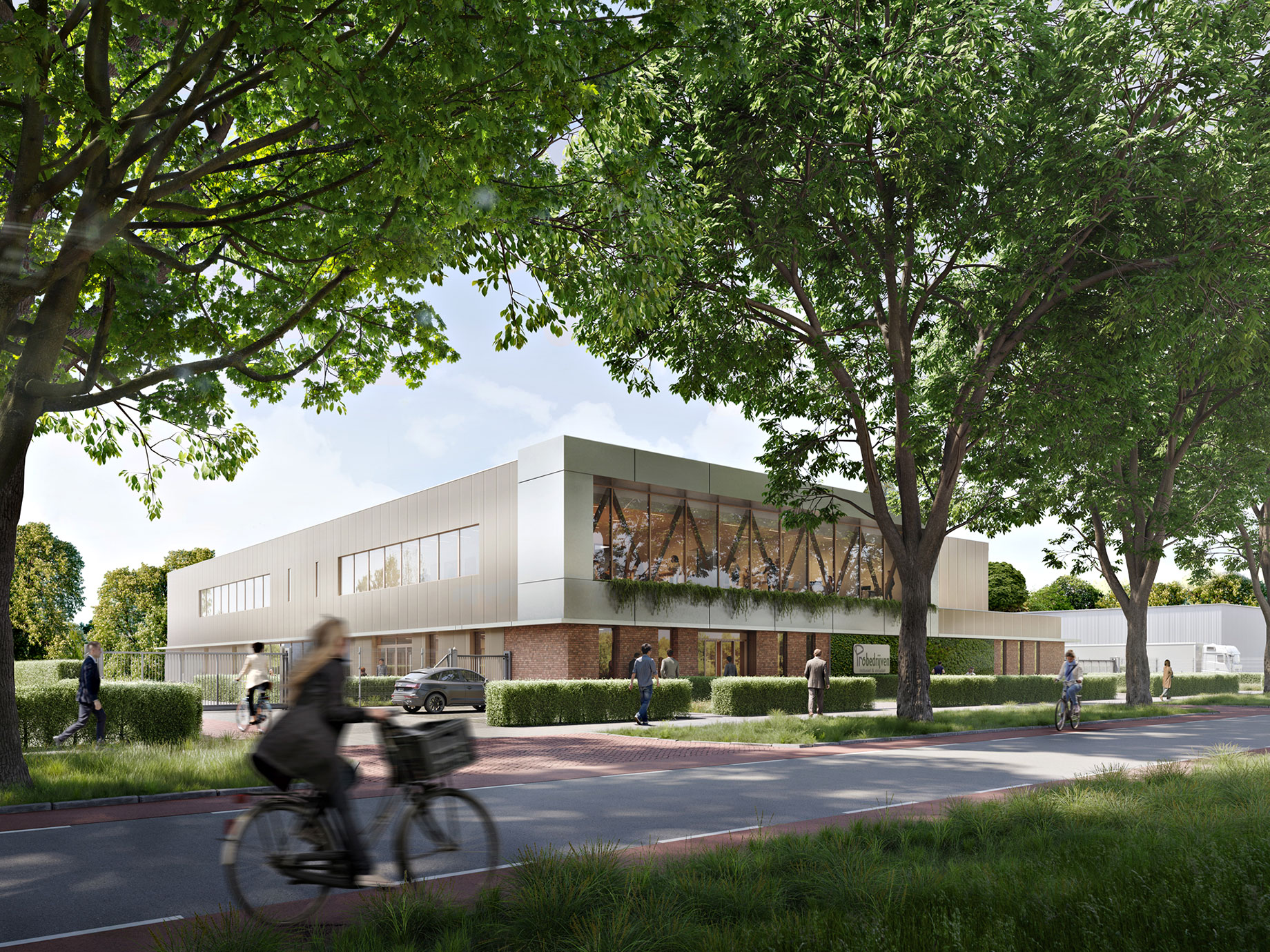
Standing Out in a Competitive Market with Architectural Rendering Services
In a crowded market, making a lasting impression is crucial. 3D rendering services give projects a high-end, professional edge that can set them apart from the competition. By using different methods, like 3D modeling and advanced rendering software techniques, branding agencies and 3D rendering companies can create unique and visually stunning representations that capture attention and leave a lasting impact. This 3D rendering service can significantly enhance the overall quality of the projects.
These 3D modeling and rendering services are not just about aesthetics. They are an essential tool in the approval process. High-quality renderings can significantly influence potential customers’ perceptions, making them more likely to choose these services over those of your competitors. This competitive advantage can be the difference between winning and losing a project, making 3D rendering an invaluable asset in today’s market.
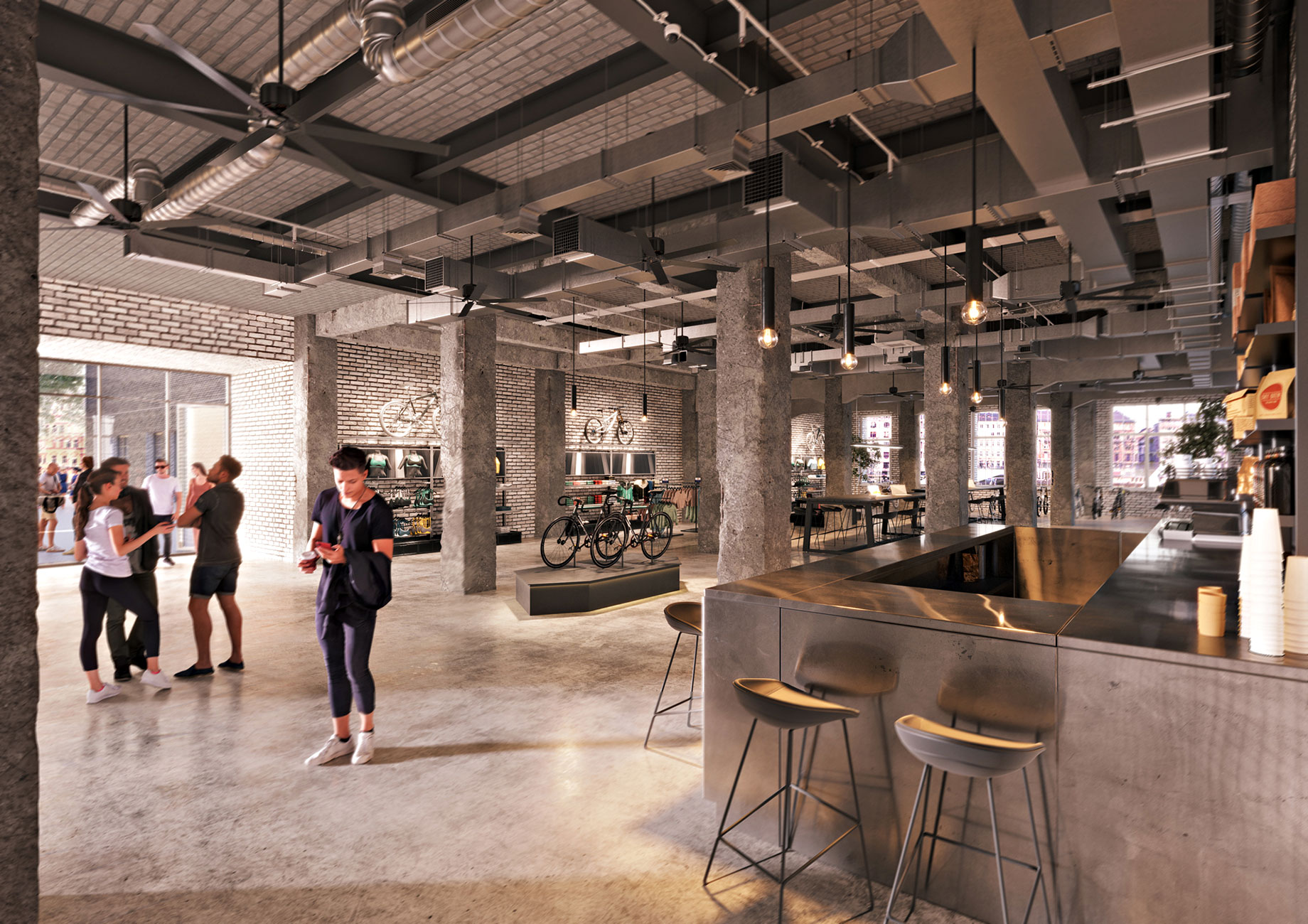
Conclusion: Why 3D Modeling and 3D Architectural Rendering Services Are No Longer Optional
The journey through the world of 3D rendering services highlights its indispensable role in modern project visualization. From accelerating client approvals to boosting marketing appeal and enhancing communication, the benefits are clear and compelling. 3D rendering services are not just a luxury but a necessity for any firm looking to stay competitive and deliver exceptional results.
Recapping the core benefits, employing a professional 3D rendering company clearly elevates project delivery and client experience to new heights. Creating realistic visualizations, exploring material options, and presenting projects in an engaging, detailed manner transforms the entire process from conceptualization to the final step of execution.
In conclusion, 3D rendering is no longer an optional add-on but an essential component of successful project visualization and execution. Embracing this rendering technology can significantly enhance your project’s appeal, streamline communication, and ultimately lead to better outcomes for both clients and firms.